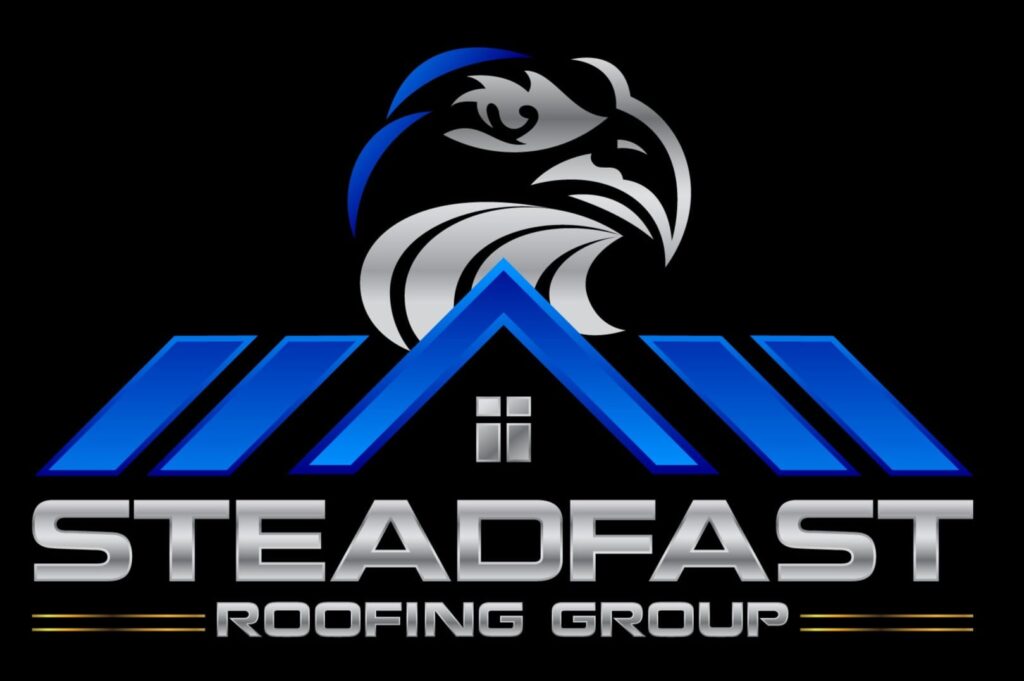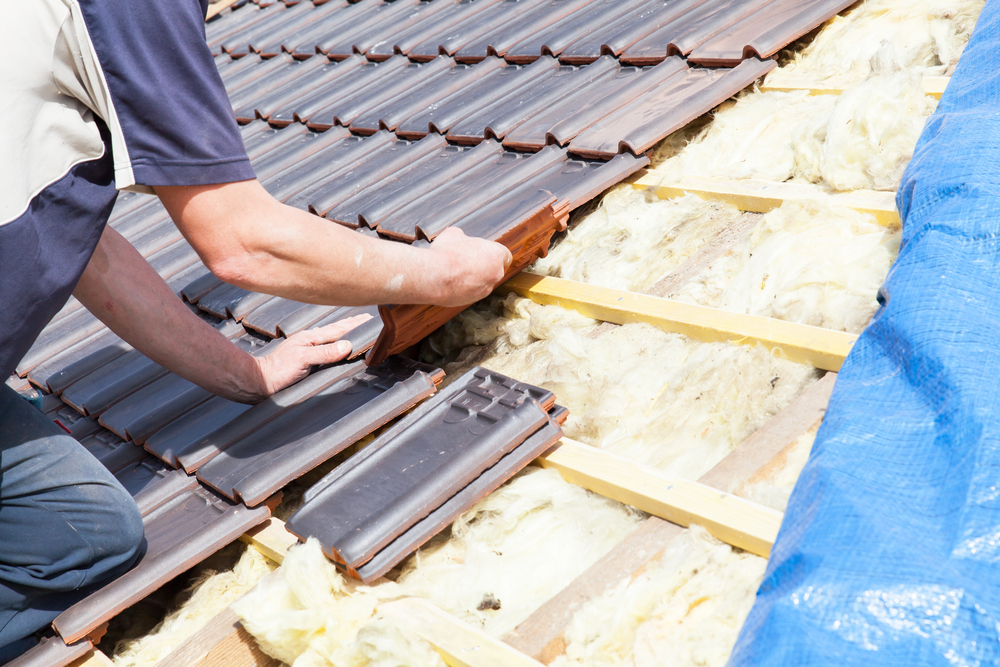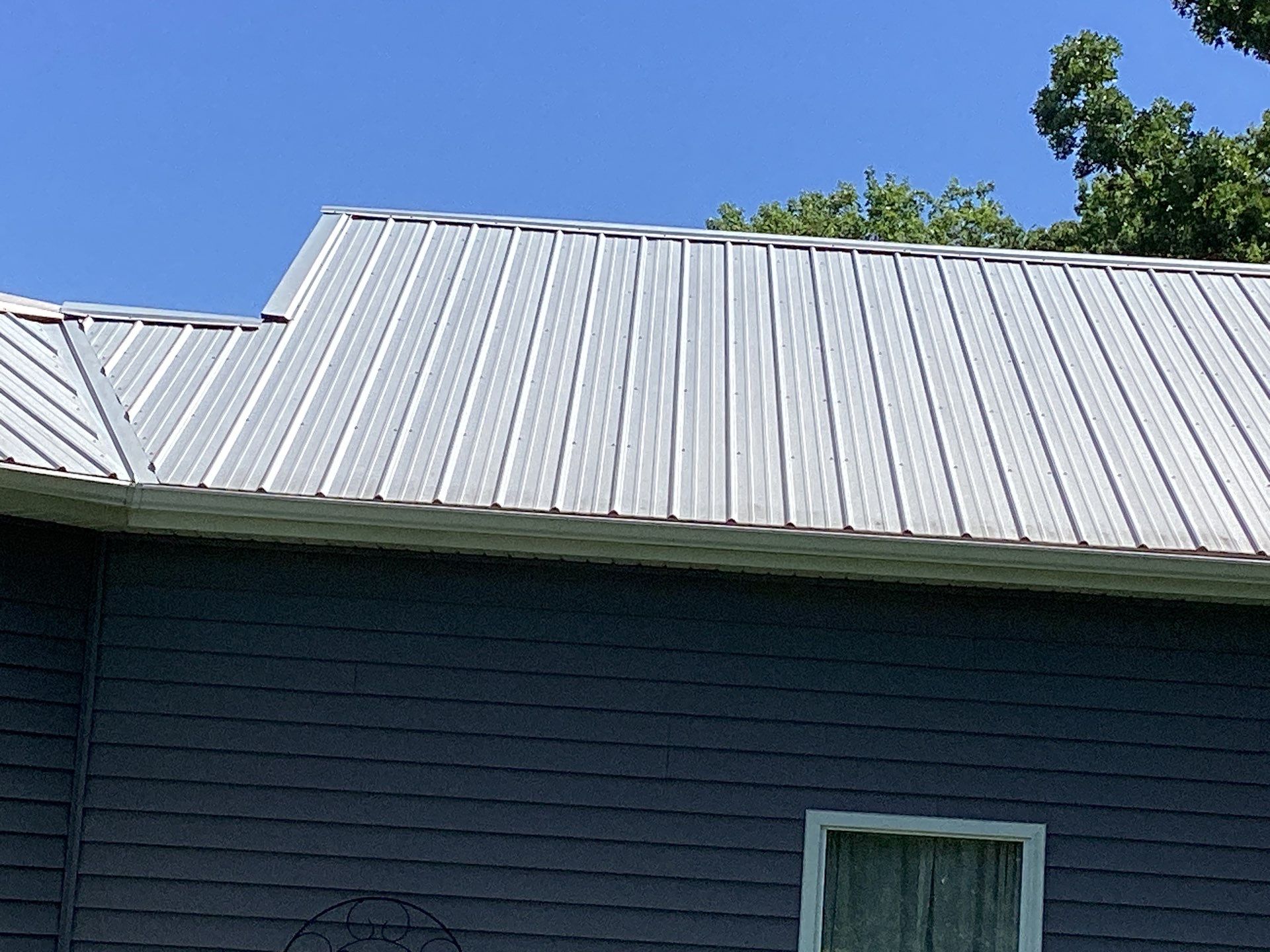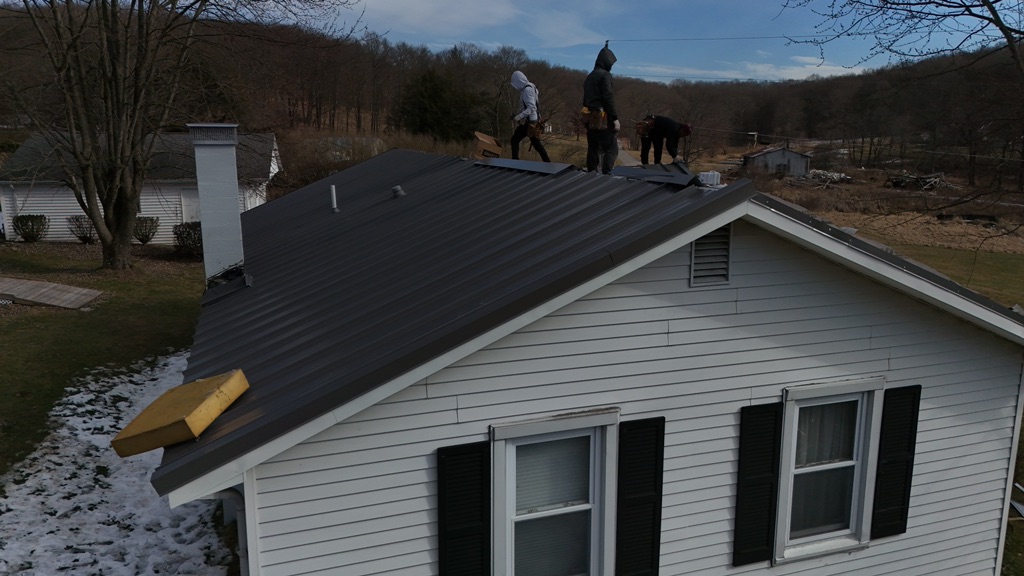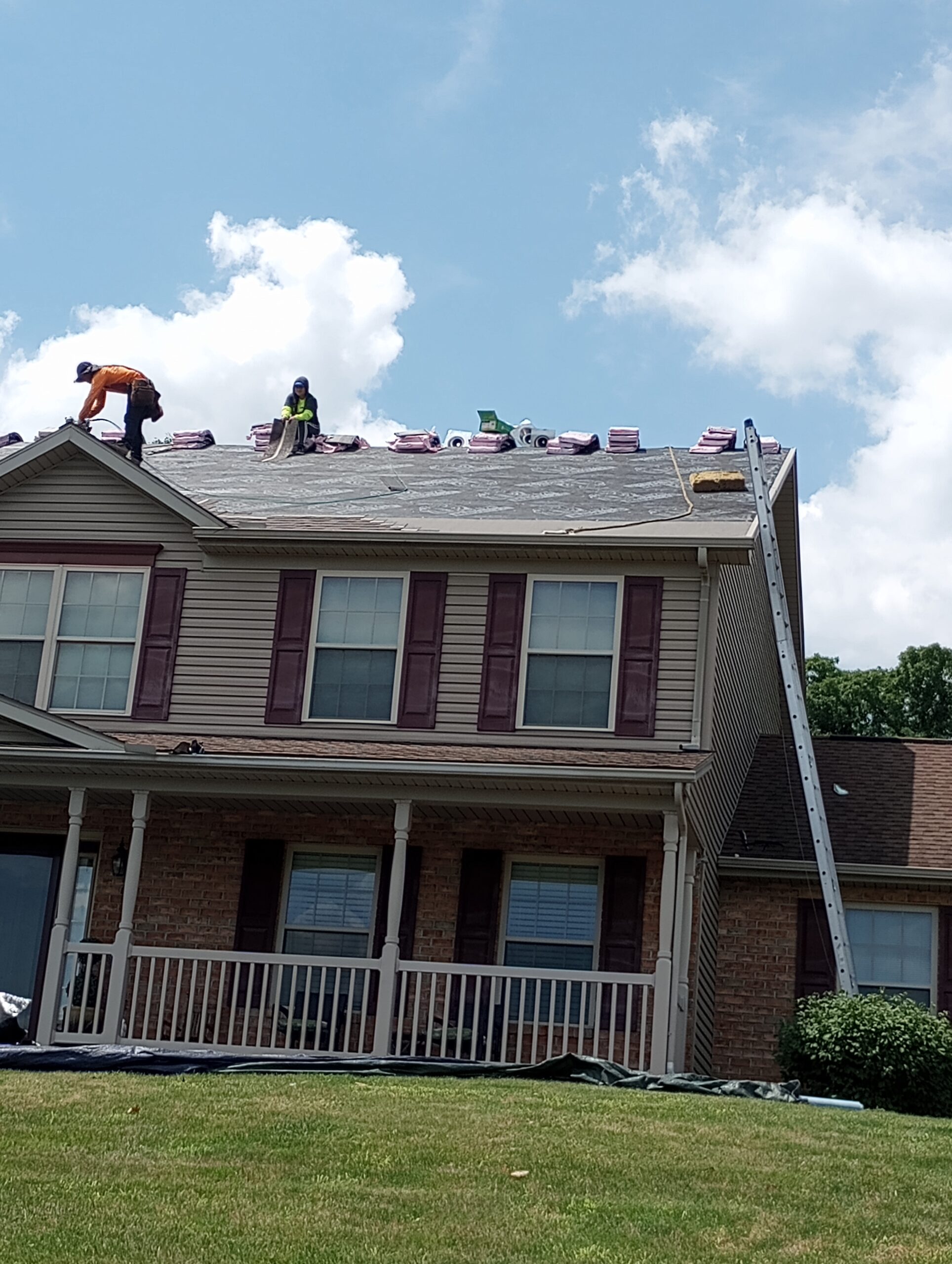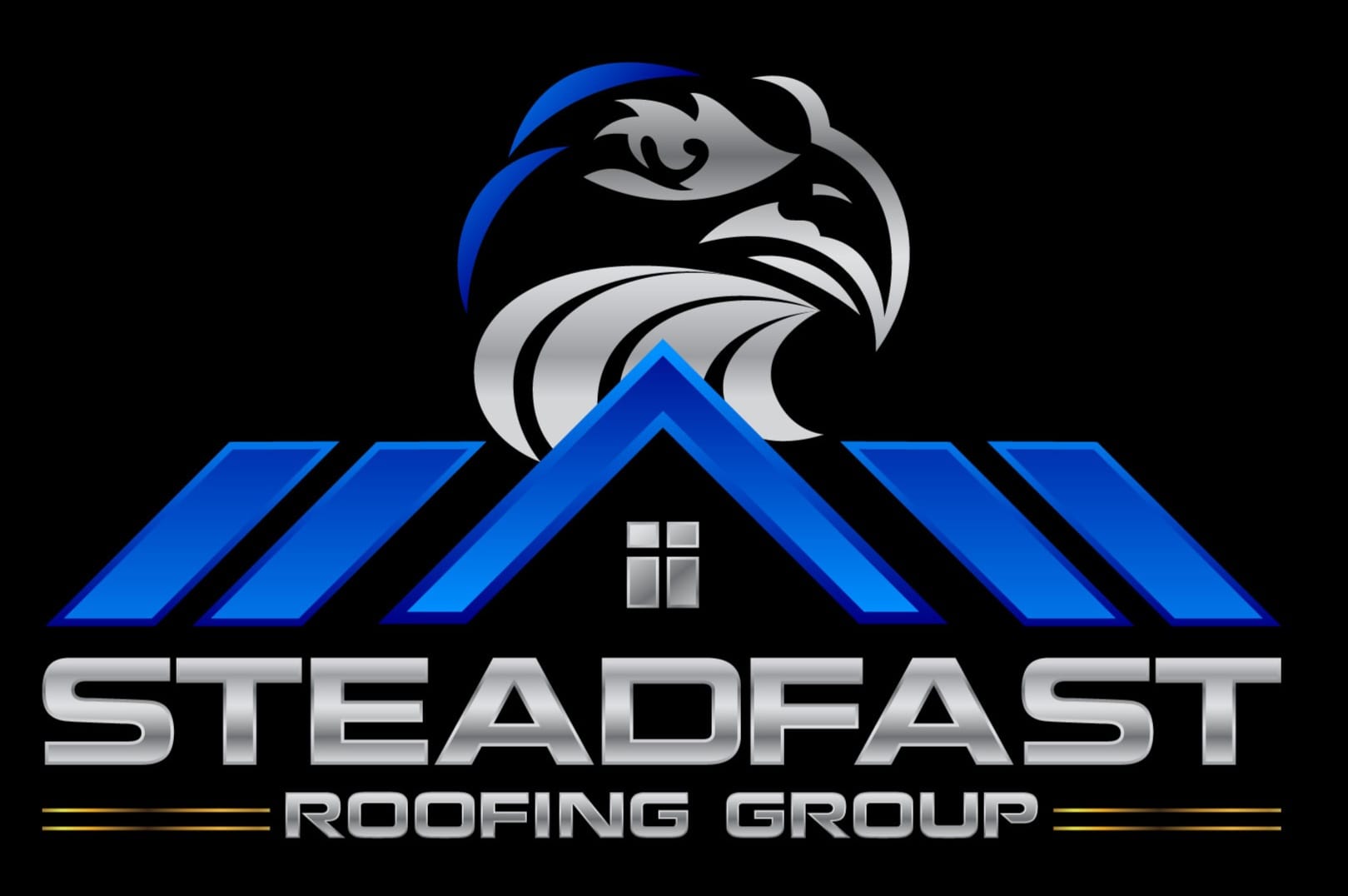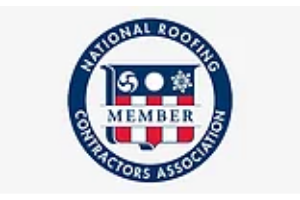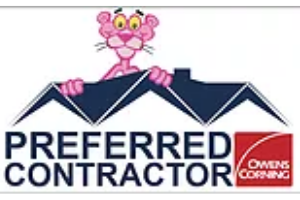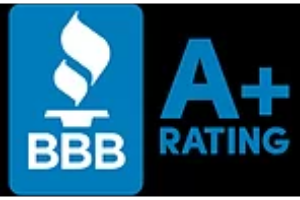Particle board is a common material used in the construction of furniture and other components, but can it also be applied to roofing? In this article, the advantages and disadvantages of using particle board for roofing will be explored. The impact that particle board has on insulation and its ability to withstand weather elements are two key factors which must be considered when assessing if it is suitable for use as a roofing material.
Additionally, considerations regarding cost-effectiveness and longevity need to be taken into account. By exploring these topics, an informed decision can be made about whether or not particle board should be used for roofing applications.
What Is Particle Board?
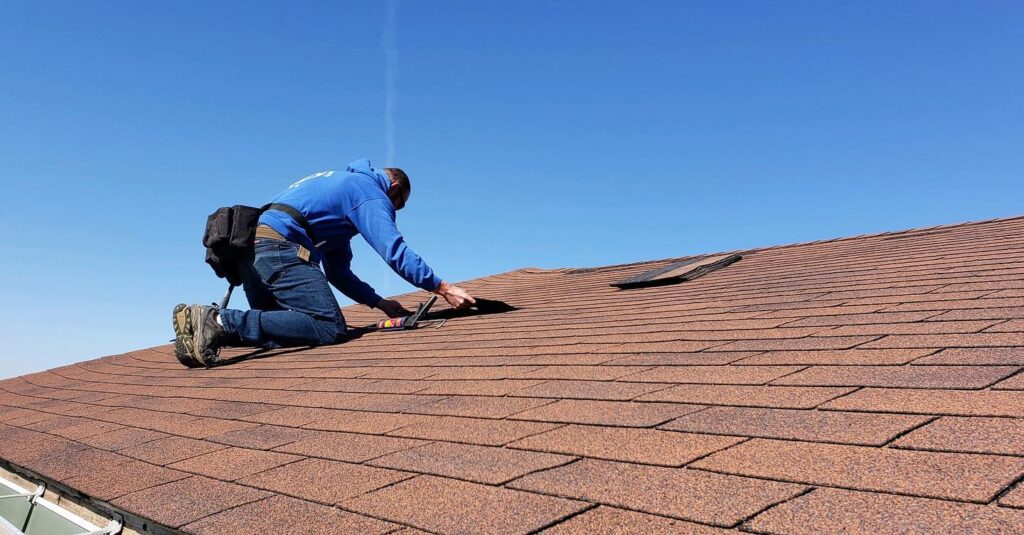
Particle board is a manufactured wood material made from wood chips, sawdust or even shavings that are glued together. It is used in the production of furniture and other household items such as shelves and cabinets. Particle board has many advantages over natural woods including cost effectiveness, ease of installation, low maintenance requirements and resistance to warping.
The manufacturing process for particle board consists of first reducing the raw materials into small particles, which are then mixed with adhesives before being compressed into sheets under high heat and pressure. These sheets can be further processed by cutting them into desired shapes or sizes. The resulting product is lightweight yet strong enough to support considerable weight when properly supported.
Advantages Of Using Particle Board For Roofing
Particle board is an engineered wood product that can be used for a variety of building projects, including roofing. It is made from wood chips or sawdust glued together with resin and formed into boards. The advantages of using particle board for roofing include its strength, affordability, and versatility.
Particle board is strong enough to withstand the elements while still being lightweight and easy to install. This makes it suitable for both residential and commercial buildings as it provides stability without adding excessive weight to the structure. Additionally, particle board is much more affordable than traditional materials such as plywood, making it attractive to those on a budget. Finally, because particle board comes in different sizes and thicknesses, it works well for roofs of all shapes and sizes.
Particle board offers many benefits over other roofing materials due to its strength, affordability, and versatility making it a viable option when considering options for roofing material.
Disadvantages Of Using Particle Board For Roofing
Using particle board for roofing is not recommended due to its limited lifespan. Particle boards are manufactured with wood chips, sawdust and adhesive resin, making them prone to cracking or breaking when exposed to extreme temperatures or weather conditions. Additionally, they lack the strength and stability of traditional lumber used in construction. Therefore, it can be difficult to fasten down securely on roofs.
Particle also lacks durability against moisture damage as well as mold growth which occurs from prolonged exposure to water. The use of particle board for roofing requires an additional waterproof sealant layer on top of the basic structure in order to protect it from rainwater intrusion. Furthermore, without adequate ventilation, condensation buildup may occur leading to further deterioration of the material over time. As a result, particle board should not be considered a suitable option for long-term roofing applications.
Tools Required For Installing Particle Board Roofing
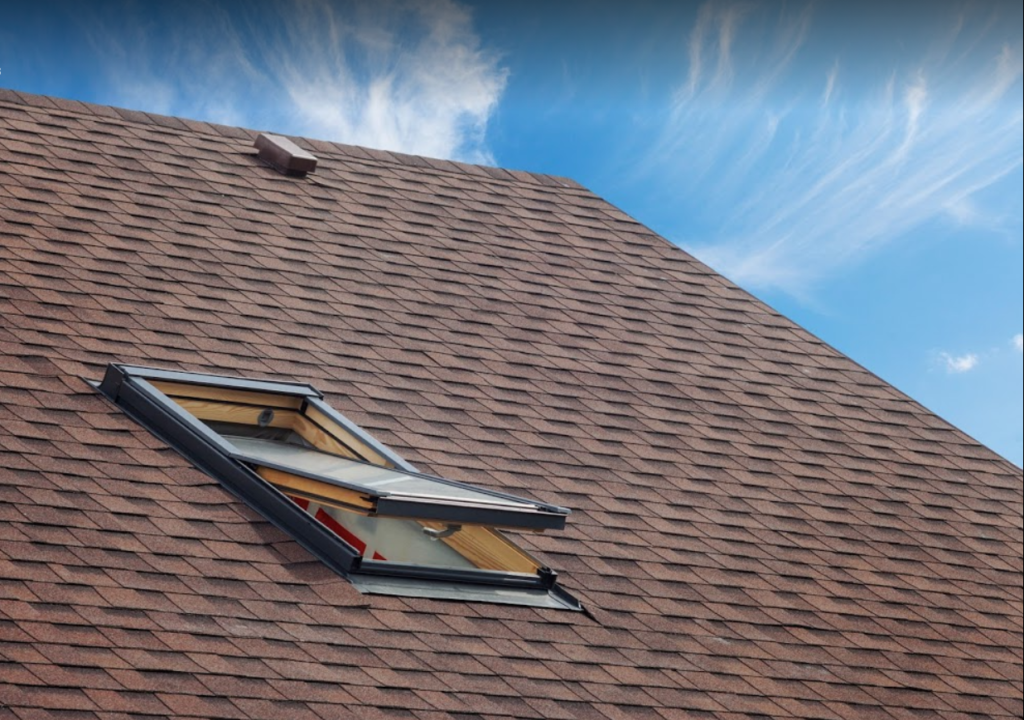
Installing particle board roofing requires a selection of tools, depending on the type and size of the particles being used. Hand saws are necessary to cut the boards into desired lengths and shapes. A hammer is needed to drive nails or screws into place, while other specialized equipment such as nail guns may also be utilized. Safety glasses should be worn when using power tools due to potential debris flying around during installation process.
For larger pieces of particle board, it is advisable to use straps or clamps in order to secure them properly onto the structure. Depending on the material chosen for weatherproofing, additional items like caulk gun, trowel, adhesive brush or rollers might be required. In some cases, a professional contractor can assist with installing particle board roofs if special techniques or custom cuts are needed. Before commencing any project involving particle board roofing materials, an individual should consult their local building code for guidelines specific to their geographical area and ensure that all safety procedures are followed correctly.
Installing Particle Board Roofing Step-By-Step Guide
Particle board is not an ideal material for roofing, however it can be used in some circumstances. Before starting a project involving particle board roofing, it is important to assess the existing structure and ensure that any necessary repairs have been made. It is also important to prepare the surface of the roof before installation by cleaning off debris, removing any loose nails or screws and filling any gaps with caulking compound.
Once all preparatory steps are complete, the next step is to lay down a layer of tar paper or felt paper on top of the substrate. This will help protect against moisture and create a smoother base for laying particle boards. Next, cut particle boards into strips according to measurements taken from the roof’s edges. Make sure each strip fits securely around vents, chimneys and other protrusions before nailing them onto the underlayment using galvanized nails designed specifically for this purpose. After all boards are in place, apply additional sealant around nail heads and joints for extra protection against water infiltration.
Maintenance And Repair Of Particle Board Roofing
Particle board roofing is a cost effective and reliable option for many home owners, however it does require regular maintenance to ensure long-term durability. Repairing particle board roofs can be an expensive job depending on the level of damage, but often times minor repairs can be done without too much disruption to the structure. In order to keep your particle board roof in good condition, periodic inspections should be conducted and any issues should be dealt with immediately before they cause more extensive damage.
When inspecting your particle board roof, look out for signs of water leakage or structural instability such as sagging boards or loose nails. If there are any areas that need repair due to water penetration, these should be patched up using special waterproof sealants available at most hardware stores. The sealant should then be applied with a brush or roller according to the product instructions and dried completely before being painted over if required. Additionally, all nails should be checked regularly to make sure they remain firmly secured in place as loose nails can easily lead to further problems down the line.
Alternatives To Particle Board Roofing
Particle board is not recommended for use in roofing since it has a tendency to warp, swell and deteriorate quickly when exposed to moisture. As such, other materials are better suited for this purpose. Wood shingles or shakes have been commonly used on roofs for centuries due to their low cost, availability and relatively long lifespan. Metal roofs are also becoming increasingly popular as they can be lighter than wood and more durable with proper maintenance.
Clay tile is another option which provides superior insulation properties while being aesthetically pleasing. Synthetic slate can provide the look of real slate but at a lower cost while providing good durability against weather conditions. Finally, asphalt shingles remain one of the most affordable options that offer a variety of colors and styles to choose from.
